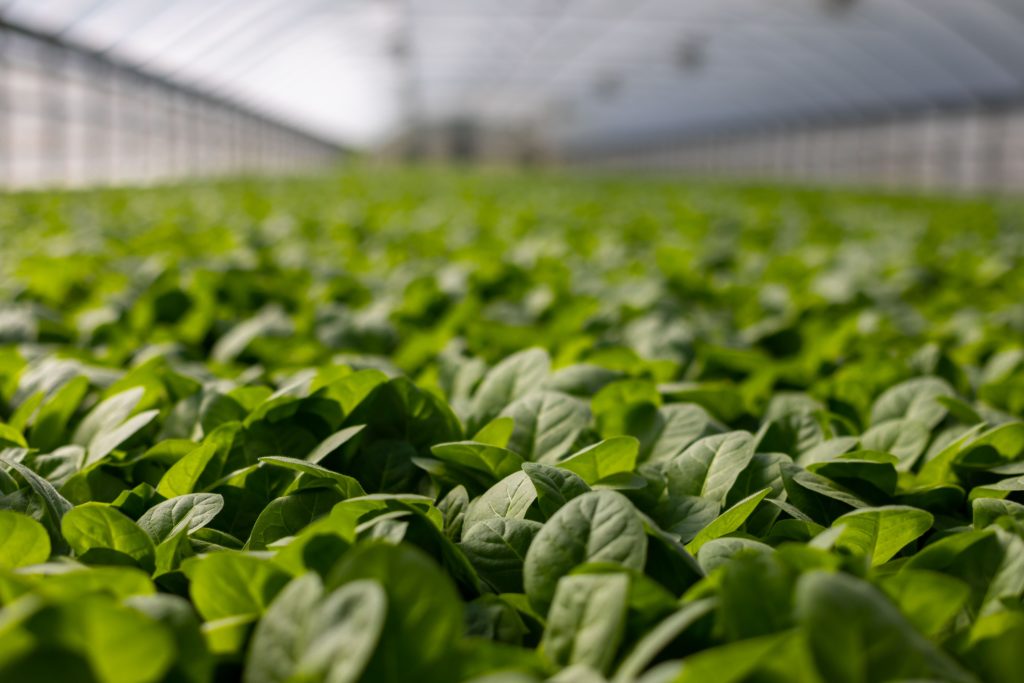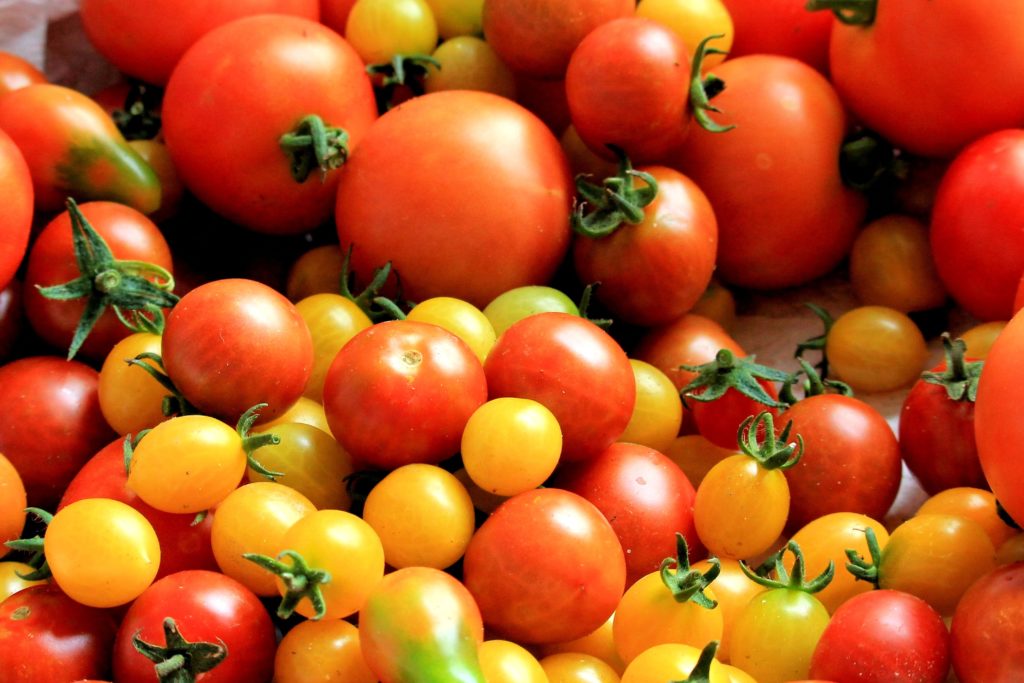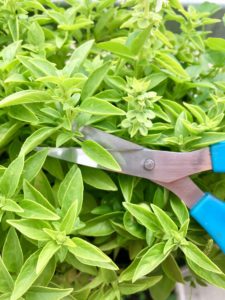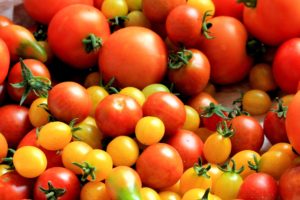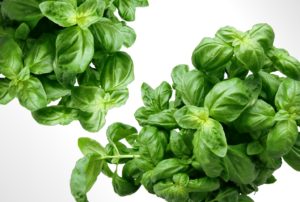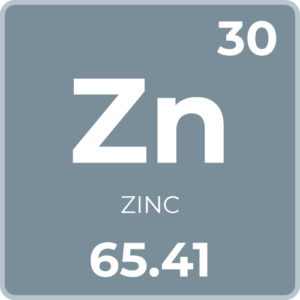There are some plants you can grow in hydroponic systems, and that do fairly well, but require more work and hydroponic ‘know how.’ The reasons these plants are more difficult are many; whether they require a ton of space, need different nutrients than most other plants, require significant support, or because they tend to have unnatural growth if you’re not careful, they’re not an ideal one for beginners. These are the best advanced plants for hydroponics.
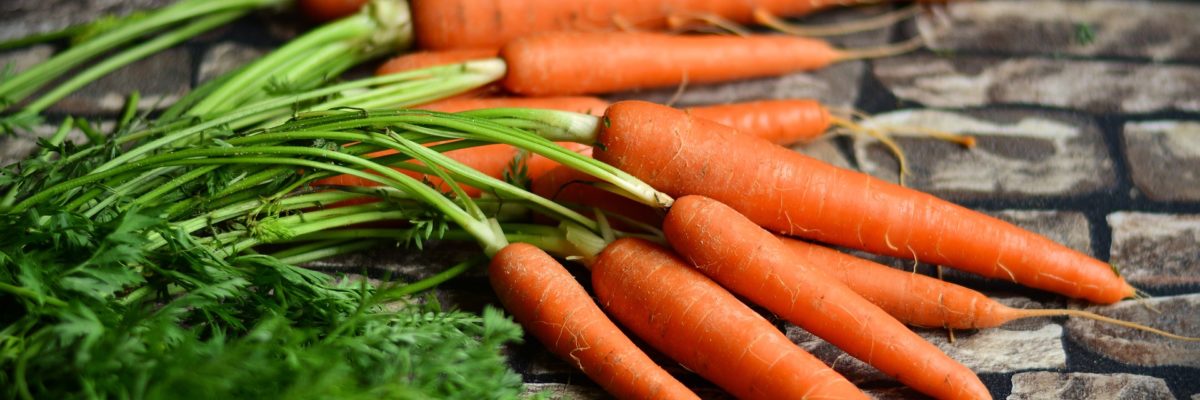
The most difficult plants for growing hydroponically are often root crops, tubers, and bulb crops, with a few exceptions. For example, these are some of the trickier plants to grow in hydroponic systems:
- Carrots
- Potatoes
- Beets
- Raspberries
- Garlic
- Onions
- Radishes
- Cucumber
- Watermelon
- Cantaloupe
- Any variety of melon
What makes these hydroponic plants advanced?
While these aren’t the only plants that are tricky, but still grow well hydroponically, they’re a good representation of others like them.
Let’s look at the factors that make a certain plant difficult:
Space required
The more space you need, the more difficult it is to grow plants hydroponically. Don’t think of space as a simply horizontal factor, most of these plants need plenty of vertical space, too. That means you may need a special box, bucket, or an especially deep tray to grow them. Most root crops need at least 6 to 8 inches to grow downward into the growing medium. However, some need as much as 12 inches.
It may be tempting to skip on space- you can harvest root crops early if you want miniature varieties. This doesn’t always work though. If plants grow too quickly, or you want full sized crops, you need to provide sufficient room. Carrots are especially particular in this sense; they can begin growing to the side if they hit the bottom of the tray, or even begin wrapping around other carrots.
Advanced needs
These plants often have requirements that change significantly as they grow. For example, onions need different EC as they enter different growth stages. Most root crops need their nutrients monitored more closely too. For many root crops, and radishes in particular, they need just enough nitrogen, but too much will cause more ‘top’ growth (the leaves and stems above the taproot), and the root that is ultimately eaten has stunted growth. These plants also need more oxygen to their roots, since that’s the primary part of the plant that’s grown to eat.
Plants that grow larger and much heavier than others need more growth medium to support the plant. This is especially true for plants like cucumbers, and any type of melon. Root crops do need a significant amount of growing medium, but the growing medium should also be lightweight to allow proper growth.
Pretty much any root crop will need to be thinned out, meaning you’ll have to examine your plants and see which you can take out of the system.
Want to try a root crop? Look at the hydroponic carrots grow guide!
Different cultivars
Another thing that makes some of these plants difficult to grow hydroponically is that there’s a (seemingly) endless number of cultivars to choose from. While easier plants do well no matter which cultivar you plant, it makes a big difference in higher difficulty plants.
Choosing the right cultivar to grow hydroponically takes some knowledge of the plant, its requirements, and what your hydroponic system can handle. For instance, you may be looking at two different types of potatoes, and while they look similar, they’ll likely have different needs in EC, photoperiod, and pH level.
Another good example is onions; the various cultivars can be grouped into short day, intermediate day, and long day varieties. A short day onion cultivar only needs around 12 hours of light, while a long day onion cultivar needs about 14 to 16 hours.
Make sure you know the exact cultivar you’re planting when you choose an advanced crop to grow hydroponically. It’s perfectly fine to hold off on planting until you know exactly what your plants need.
You may also like…
